Lacrosse, a fast-paced and thrilling sport, has a long and rich history that dates back centuries. From its humble beginnings in Native American communities to its worldwide popularity today, lacrosse has evolved and undergone numerous changes. One essential game component is the lacrosse ball, a small but crucial equipment players use to pass, catch, and score goals. However, have you ever wondered what these colorful balls were originally made of?
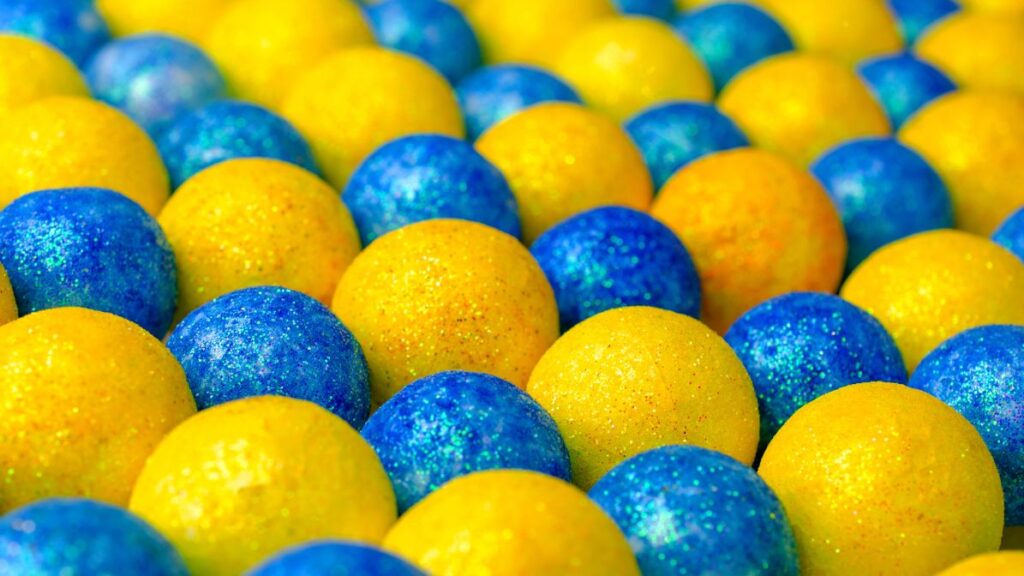
Long before the modern lacrosse balls we see today, early versions of lacrosse were played with various materials. In traditional Native American games, often played for spiritual and medicinal purposes, lacrosse balls were constructed using readily available natural resources. Some tribes used stones, carved wood, or even animal bladders to create balls for their matches. These materials were shaped and molded to achieve the desired size and weight, allowing players to maneuver them across the field. As lacrosse spread beyond its indigenous roots and became more organized, the materials used to make lacrosse balls gradually transformed.
Introduction to lacrosse and its origins
The traditional materials used for lacrosse balls
The evolution of lacrosse ball materials
Current standards and regulations for lacrosse balls
The importance of using the right lacrosse ball for optimal gameplay
Introduction to lacrosse and its origins
Lacrosse is an ancient sport deeply rooted in Indigenous cultures. Often referred to as “the fastest game on two feet,” it has captivated players and spectators alike for centuries. In this section, we will explore the history and origins of lacrosse, providing insight into the early beginnings of this exhilarating sport.
Origins in Indigenous Cultures:
The origins of lacrosse can be traced back to various Indigenous cultures in North America. Native American tribes such as the Iroquois, Cherokee, and Choctaw all have historical connections to the sport. These tribes played lacrosse to resolve conflicts, train warriors, and strengthen community bonds. Many Indigenous communities consider lacrosse much more than a game; it holds deep spiritual, ceremonial, and healing significance within their cultures.
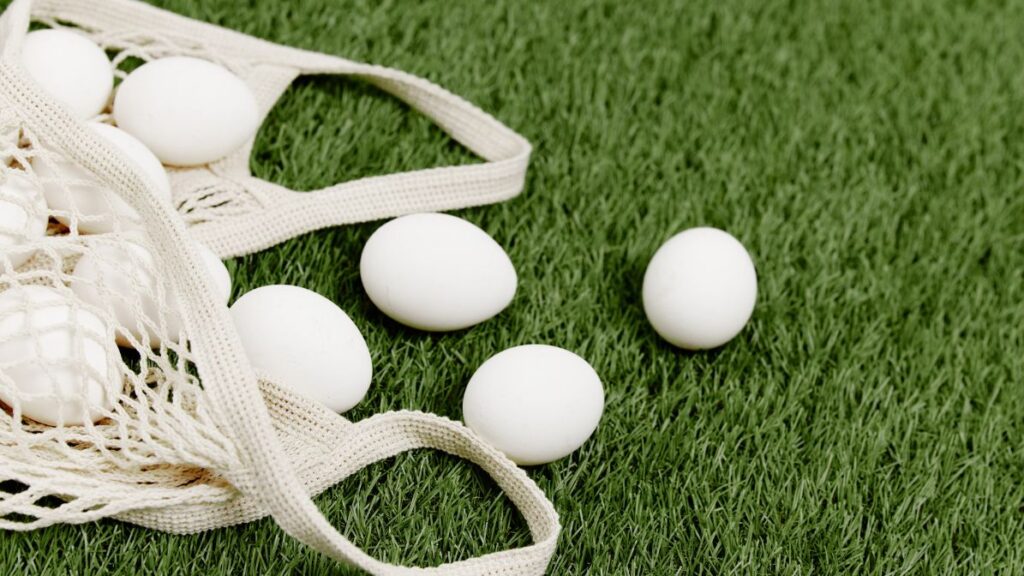
The Name and Resorting to a European Term:
Interestingly, “lacrosse” did not originally belong to the sport. Early French explorers witnessed the game being played by Native Americans and named it “le jeu de la crosse,” meaning “the game of the stick.” Over time, the term was shortened to “lacrosse,” and it became the commonly recognized name for the sport.
Different Variants:
It is essential to note that various Indigenous tribes had unique game variations. While some tribes used a single pole or tree trunk as a goal, others played without boundaries and had hundreds of participants. These different variants highlight lacrosse’s cultural diversity and significance within Indigenous communities.
Equipment and the Original Ball:
The early versions of lacrosse had little to no protective gear for players, reflecting the game’s physical nature. Players used wooden sticks crafted from hickory, ash, or other materials, with the heads often formed from a woven netting of animal sinew or plant fibers. These sticks varied in length and design, depending on the tribe and personal preference.
The original lacrosse ball, known as the “tsa’kón: ka” or “the little brother of war,” was made from various natural materials found in the environment. Indigenous players used rounded stones, deerskin balls filled with fur, carved wooden balls, or even bundles of grass tied with leather. Depending on the materials used, these versatile balls allowed different game speeds and playing styles.
Introduction to European Influence:
As European settlers arrived in North America, they encountered Indigenous tribes playing lacrosse. Fascinated by the sport’s intensity, they started adopting aspects of the game and introducing it to their communities. The newfound popularity of lacrosse among European settlers led to further refinement and standardization of the rules and equipment used in the game.
Modern-day Lacrosse:
Today, lacrosse has evolved into one of the most popular sports in North America, with international recognition and participation. The sport is played at various levels, including youth, high school, college, and professional leagues. It has also gained recognition as an official Olympic sport, further solidifying its global significance.
While modern lacrosse has seen numerous modifications and improvements in equipment and rules, respecting and honoring the Indigenous roots from which the sport originated is crucial. Indigenous communities continue to contribute to the growth and development of lacrosse, highlighting its cultural importance and ensuring its preservation for future generations. Lacrosse’s origins lie in the rich Indigenous cultures of North America, where it served as a game and a way of life. The
The traditional materials used for lacrosse balls
The lacrosse game has a long and storied history that dates back centuries. It traces its roots to various Native American tribes who played the game for multiple reasons, including sharpening their skills for battle and as a form of spiritual expression. As we delve into the traditional materials used for lacrosse balls, we are transported back in time to the origins of this ancient game.
In its earliest forms, lacrosse balls were made from natural materials readily available in the surrounding environment. These materials varied among the different Native American tribes, reflecting the unique resources of their respective habitats. One common material used was wood, which was abundant and easily carved into a round shape. Tribes in the eastern part of North America, such as the Iroquois Confederacy, fashioned their lacrosse balls from hickory, a dense and durable wood known for its toughness.
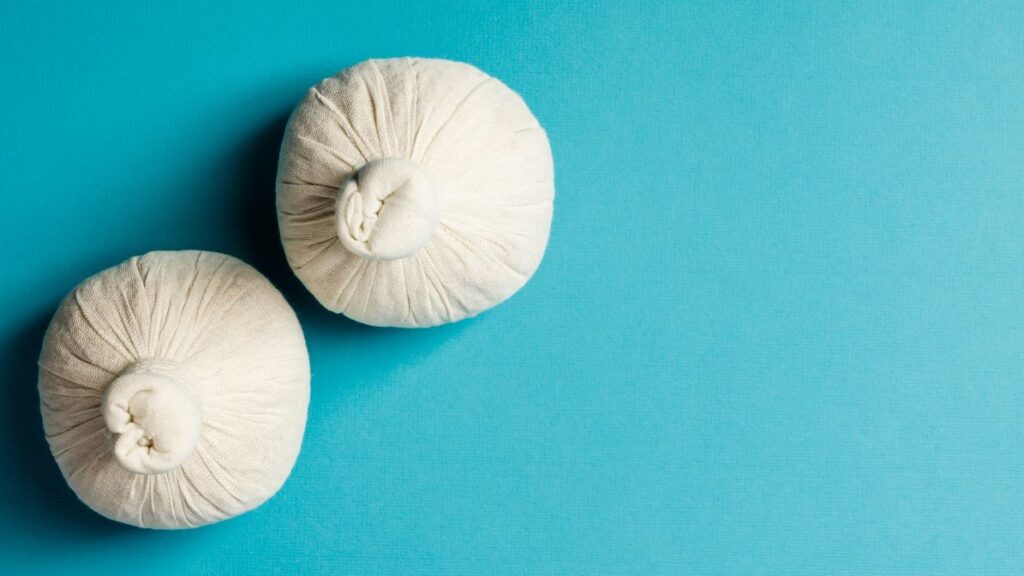
In addition to wood, animal hide was another traditional material used for lacrosse balls. The skins of various animals, such as deer, elk, and buffalo, were carefully selected and treated to create a sturdy and resilient ball. The hides were scraped, soaked in water, and then stretched and dried to achieve the desired texture and consistency. The resulting leather balls were firm yet flexible, making them suitable for the game’s fast-paced nature.
Making a lacrosse ball from hide involved skilled craftsmanship and intricate techniques. The animal hide would be cut into a round shape and then stitched together using ligament, the tough fibrous tissue found in animal tendons. The sinew served as a natural thread, ensuring the ball would hold its shape during intense gameplay. The final step involved filling the hide ball with various materials, such as grass, deer hair, or even stones, to add weight and improve its flight characteristics.
Another fascinating material used for lacrosse balls was plant-based rubber derived from tree sap. The tribes of the southeastern regions of North America, such as the Cherokee and Choctaw, harvested sap from trees like the Hickory or Dogwood and processed it to create a malleable and resilient substance. This form of rubber had unique properties that allowed for excellent bounce and grip, making it ideal for lacrosse balls.
Harvesting rubber involved minor cuts in the tree’s bark and collecting the sap that oozed. The collected sap was then boiled or smoked to remove impurities and excess water, leaving behind a sticky, elastic substance. This rubber was then molded into round balls that were solid yet capable of absorbing impact during the game.
It is fascinating to see how the traditional materials used for lacrosse balls varied across different Native American cultures. Whether it was wood, animal hide, or plant-based rubber, these materials were chosen for their durability, resilience, and availability. Furthermore, the craftsmanship and skills involved in creating these balls reflect the deep respect and reverence that these tribes had for the game of lacrosse.
As we continue to embrace lacrosse as a popular sport today, it is essential to recognize and appreciate the historical significance of the traditional materials used by the Native American tribes. The evolution of lacrosse balls from natural resources to the modern rubber balls we use today showcases these early lacrosse players’ timeless ingenuity and resourcefulness.
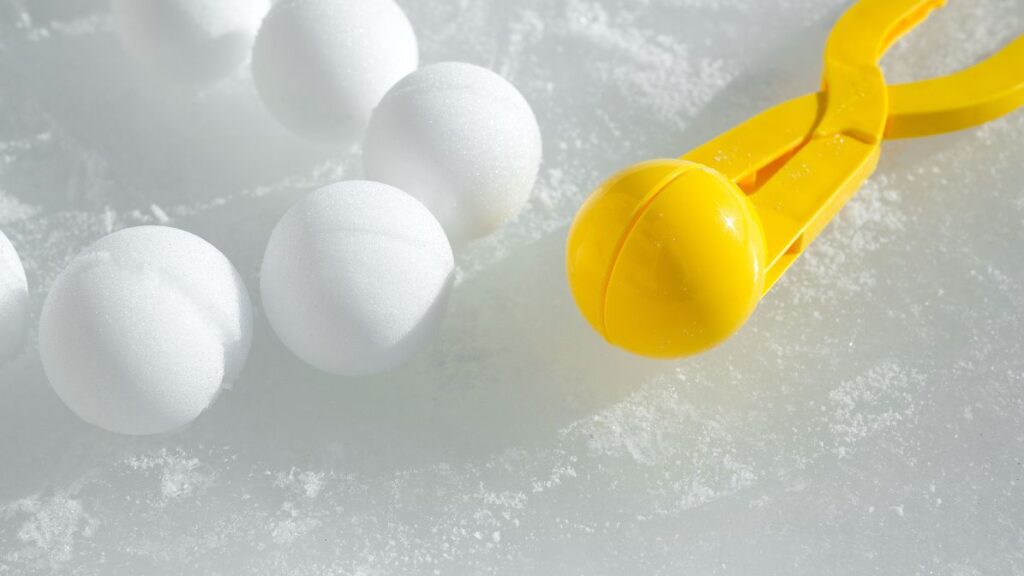
The evolution of lacrosse ball materials
The sport of lacrosse has a rich history that spans centuries. Dating back to the Native American tribes who first played the game, lacrosse has evolved and transformed over time. One critical aspect of the game is the equipment used, particularly the lacrosse ball. In this section, we will explore the evolution of lacrosse ball materials from its humble beginnings to the modern era.
Centuries ago, when Indigenous tribes in North America first played lacrosse, the lacrosse ball was made using natural materials in the surrounding environment. These early lacrosse balls were typically crafted from carved wood, animal bladders, or even rocks. While they may seem unconventional today, they served their purpose on the lacrosse field.
Wooden lacrosse balls were created by carving a solid piece of wood into the desired shape and size. Common types of wood used included hickory, ash, and maple, known for their durability and strength. These wooden balls were heavy and solid, allowing players to throw and catch with precision. However, they were also prone to splintering, which posed safety concerns for players.
Animal bladders, often from deer or cows, were another early material used to make lacrosse balls. These bladders were inflated and tied off to create a sphere shape. They were then covered with a layer of leather to provide additional durability. While animal bladder balls were lightweight and had a more natural bounce, they were susceptible to punctures and damage, requiring frequent replacements.
As lacrosse gained popularity and spread beyond the Indigenous tribes, new materials were introduced to improve the quality and durability of lacrosse balls. In the 20th century, rubber emerged as the primary material for lacrosse balls. Rubber balls revolutionized the game, offering enhanced bounce, improved grip, and increased durability compared to their wooden and animal bladder counterparts.
The use of rubber balls brought significant advancements to the sport. With a consistent bounce and improved grip, players could hone their skills and develop more refined techniques. Rubber balls’ durability also meant they could withstand the rigors of intense gameplay without requiring frequent replacements.
However, rubber balls were not without their drawbacks. Over time, the outer surface of rubber lacrosse balls tends to smooth out, reducing friction and making them more slippery. This drawback led to the introduction of a new type of lacrosse ball, commonly called the “pearl” or “gripper” ball.
The pearl ball, introduced in the late 1980s, featured a textured surface designed to provide better grip and control for players. By adding small raised bumps or dimples to the ball’s exterior, manufacturers counteracted the slipperiness of smooth rubber balls. This innovation proved to be a game-changer, enhancing lacrosse’s overall performance and playability.
Technological advancements have expanded the range of materials used to make lacrosse balls in recent years. Some of these new materials include high-grade synthetic rubber compounds and specialized polymers. These modern lacrosse balls are engineered to maximize performance, durability, and safety for players. They are regulated and standardized by various lacrosse governing bodies to ensure consistent gameplay.
As the game of lacrosse continues to evolve, so do the materials used to make its essential equipment. The lacrosse ball has come a long way from natural materials like wood and animal bladders to rubber, textured surfaces, and synthetic compounds. Each advancement has made the sport more accessible, enjoyable, and safer.
Current standards and regulations for lacrosse balls
In lacrosse, the ball is at the heart of the game. A well-regulated and standardized lacrosse ball is essential, whether playing professionally or enjoying a casual game with friends. Over the years, lacrosse balls have undergone significant changes to ensure quality, fairness, and safety in the game. In this section, we will explore the current standards and regulations that govern lacrosse balls.
First and foremost, the size and weight of lacrosse balls are strictly regulated. According to the sport’s official rules, a lacrosse ball must have a circumference between 7.75 and 8 inches and weigh between 5 and 5.25 ounces. This consistency ensures that all players use balls of equal size and weight, preventing unfair advantages during play. The dimensions are precisely measured and regulated by the governing bodies of lacrosse, such as the International Lacrosse Federation (ILF) and the World Lacrosse (WL).
Furthermore, the material used to construct lacrosse balls is also regulated. Currently, the standard material for manufacturing lacrosse balls is vulcanized rubber. This material offers the perfect balance of durability and playability, allowing the balls to withstand the rigorous demands of the game while maintaining their shape and performance. The rubber used must meet specific quality standards to ensure consistency and safety.
To ensure the safety of players, lacrosse balls must meet specific hardness requirements. According to the guidelines, the ball should have a hardness rating of 60 to 79 on the Shore Scale C. This measure determines the resistance of the ball’s surface to indentation. A ball that is too hard can cause injury upon impact, while one that is too soft may affect the game’s speed and accuracy. By setting this regulation, governing bodies ensure players have a fair and safe playing experience.
The color of lacrosse balls is yet another aspect that is regulated. Traditionally, lacrosse balls came only in vibrant white colors. However, the rules have been adjusted to allow for additional colors in recent years. Currently, yellow and orange are the standard colors of lacrosse balls used in most organized games. This tweak in the regulations helps improve visibility for players, spectators, and referees, especially in unfavorable weather conditions or on fields with similar shades of green.
In addition to the standards set by governing bodies, lacrosse organizations, and leagues may also have their own specific rules regarding equipment, including lacrosse balls. For example, some leagues may require balls to be stamped with a particular logo or have a specific manufacturer’s mark. These additional regulations help ensure that all players use approved equipment and maintain a level playing field within the league.
It is important to note that these standards and regulations continually evolve as lacrosse grows in popularity and the need for player safety becomes more prominent. The governing bodies constantly review and update the rules based on emerging technologies, scientific research, and feedback from players and coaches. These developments aim to enhance the game’s integrity, protect the players’ well-being, and facilitate fair competition.
Overall, the current standards and regulations for lacrosse balls are fundamental to the integrity and safety of the sport. From establishing precise size and weight measurements to ensuring the materials meet quality standards, these regulations provide a consistent and fair playing experience for all lacrosse players. By standardizing the equipment, lacrosse organizations can focus on nurturing the skills and talents of the athletes while players can fully immerse themselves in the
The importance of using the right lacrosse ball for optimal gameplay
The sport of lacrosse has been enjoyed by players of all ages and skill levels for centuries. From its humble beginnings as a traditional Native American game to its modern-day popularity, lacrosse has seen many changes and advancements throughout history. One such important aspect of the game is the lacrosse ball itself. Using the right lacrosse ball is crucial to maintaining optimal gameplay.
In today’s lacrosse, the ball is typically made of molded rubber. This material provides the perfect combination of durability, grip, and weight. However, it is interesting that lacrosse balls were only sometimes rubber-made. The original lacrosse balls were made from natural materials such as wood, deerskin, or even animal bladders.
The switch from natural materials to rubber was a game-changer in lacrosse. Rubber balls were introduced in the mid-19th century and quickly became the preferred choice due to their bounce, consistency, and overall performance on the field. The introduction of rubber balls revolutionized the sport, making it faster, more controlled, and more enjoyable for players.
Using the right lacrosse ball is essential for optimal gameplay for several reasons. Firstly, the ball’s weight affects how it travels through the air and feels upon impact. A ball that is too heavy may be difficult to throw accurately or catch, while a ball that is too light may need more momentum or force behind it. The standard weight of a lacrosse ball is between 140 and 147 grams, ensuring a perfect balance between speed and control.
Secondly, the ball’s grip is crucial for effective handling and passing. A lacrosse ball with a good grip allows players to maintain control even in wet or slippery conditions. The molded rubber used in modern balls provides excellent grip, reducing the chance of fumbles or turnovers during gameplay. It also allows players to execute more advanced techniques with precision and accuracy, such as cradling and shooting.
Another critical aspect of the right lacrosse ball is its consistency. Rubber balls are manufactured to a high level of uniformity, ensuring that each ball behaves the same way when thrown, caught, or bounced. This consistency enables players to develop skills and adapt to different game situations more effectively. Regardless of the weather conditions or playing surface, using the same high-quality rubber balls guarantees all players a fair and level playing field.
Furthermore, the durability of a lacrosse ball is a significant factor to consider. With the fast-paced nature of lacrosse, the ball is subjected to intense physical contact, rough bounces, and aggressive shots. Using a ball made of a durable material like rubber ensures that it will withstand the demands of the game and last for an extended period.
In conclusion, using the right lacrosse ball is vital for optimal gameplay. The switch from natural materials to molded rubber significantly improved weight, grip, consistency, and durability. These factors directly impact a player’s performance and ability to execute various techniques on the field. Therefore, players can enhance their overall experience, skills, and enjoyment of this beloved sport by using the correct lacrosse ball.
In conclusion, the origins of lacrosse balls take us back to the traditions and culture of Indigenous peoples in North America. These early game versions employed various materials, including animal bladders, carved wood, and rocks. However, it was the introduction of the rubber ball by European settlers that truly revolutionized the game. Today, lacrosse balls are primarily made of solid rubber, enabling players to enjoy a faster and more controlled game. However, it is crucial to remember and appreciate the deep-rooted history and cultural significance behind this seemingly simple piece of equipment. So, next time you pick up a lacrosse ball, take a moment to honor its humble beginnings and the rich heritage from which it emerged.






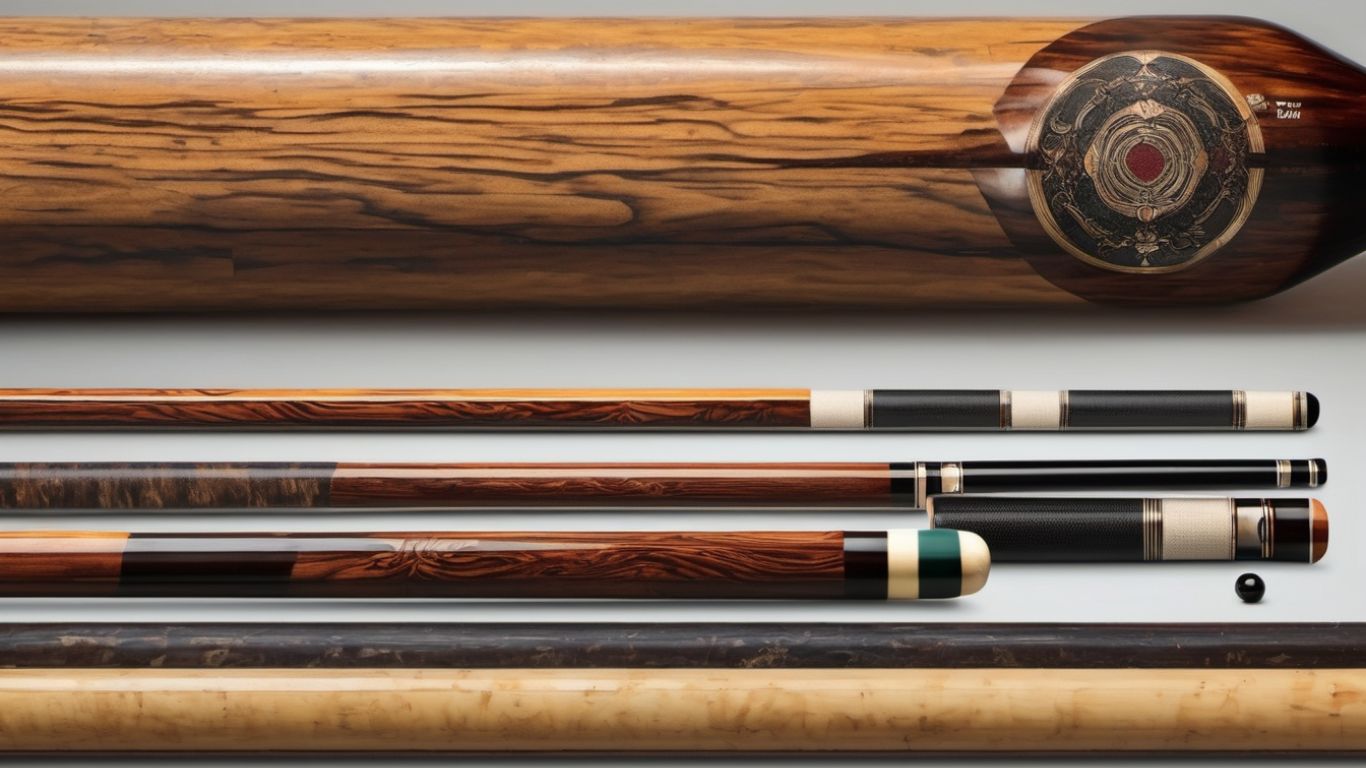



good